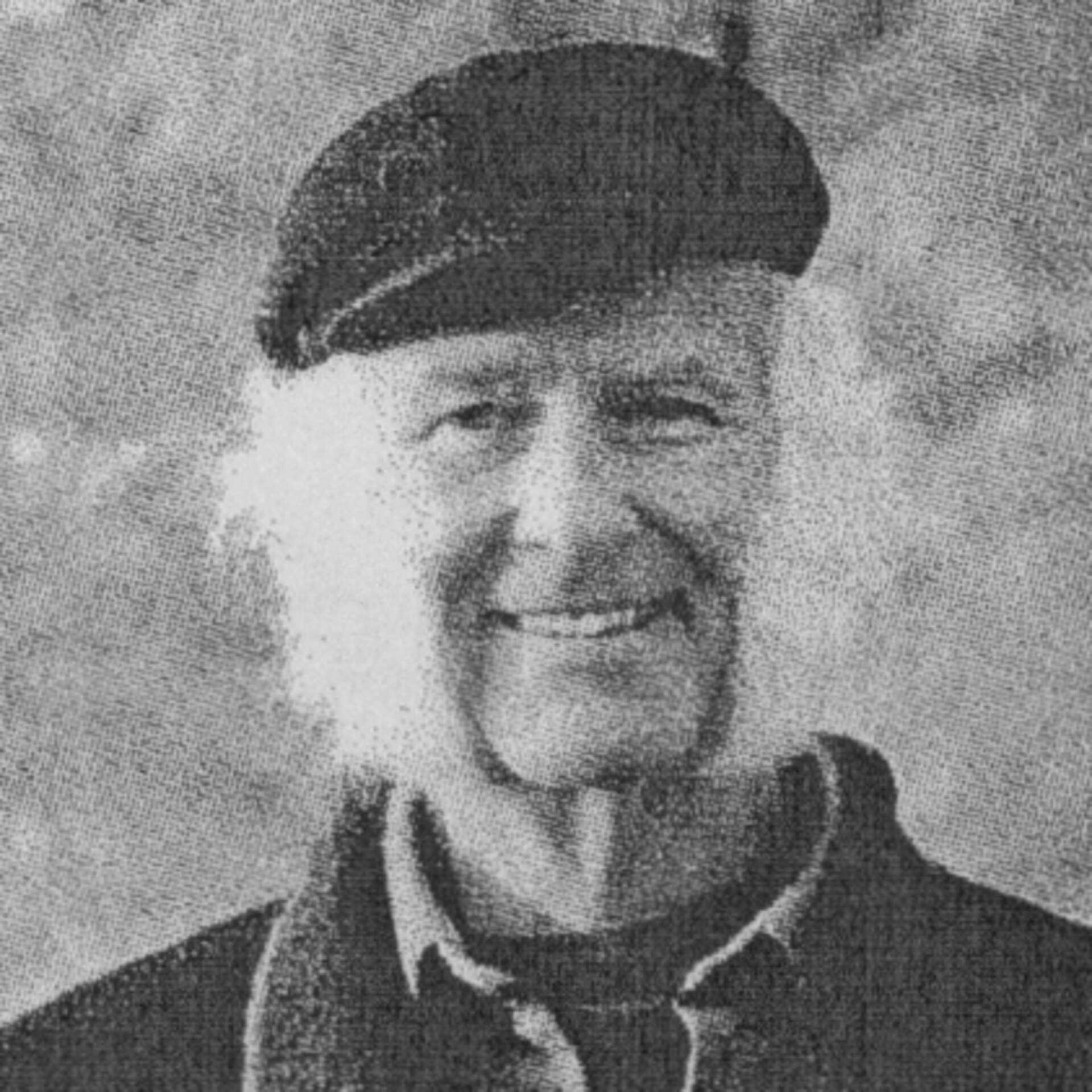Larry W. Griffis Jr.
(1924-2000)
Larry W. Griffis Jr. (1924-2000) was a sculptor, painter, advocate for artists, and entrepreneur. Two of his most prominent works are “Spirit of Womanhood” situated along the Scajaquada Expressway and “Birds Excited into Flight” on Bidwell Parkway in Buffalo. Collector and patron Charles Rand Penney donated the abstract mountain landscape painting, Yellow Sky (1959), to the Burchfield Penney Art Center in 1991.
With money he inherited from his mother in 1968, Griffis purchased land south of Buffalo in East Otto that gradually grew over the years. There he created Griffis Sculpture Park, which is now a 400-acre preserve that contains more than 200 public works of art, including many sculptures by Griffis himself among those of regional, national and international artists.
In 1969, Larry Griffis, Jr. and his brother Roderick founded the Essex Arts Center in a former ice packing factory on Essex Street in Buffalo, which became residential, studio, and gallery spaces. This is where Hallwalls Contemporary Arts Center was created by artists Charles Clough, Robert Longo, and Cindy Sherman, with Diane Bertolo, Nancy Dwyer, Larry Lundy, and Michael Zwack in 1975. When Hallwalls moved to a larger location in 1991, Katrin Jurati and Alan Van Every created the Big Orbit Gallery in its place. Its history illustrates the encouragement Griffis provided for exhibitions, performances, happenings, and parties that attracted the most adventurous and experimental emerging and established artists from the region, New York, California, Toronto, and beyond.
Anthony Bannon’s obituary published in The Buffalo News on February 20, 2000, states:
Griffis grew up in wealthy surroundings in North Buffalo and the Town of Tonawanda, the son of a women's wear manufacturing executive. As a teen-ager, he attended Stella Niagara Academy in Lewiston, where he studied multimedia; then went to Nichols School, where he had a private tutor for painting.
He was attending North Carolina State College of Textile Art and Engineering when World War II intervened. Griffis served in the Army in Europe from 1942 to 1945 and participated in the Battle of the Bulge, where he earned a Bronze Star.
While sitting in a foxhole in the Ardennes Forest, he hatched the idea of setting up a hosiery factory after the war. The resulting business, Fantashere, became very successful during the 1950s, but the businessman by day remained an artist by night.
Finally, in 1958, Griffis sold the business and devoted himself fully to his passion. The education of his seven children was taken care of through a trust fund from his father, and Griffis took on part-time jobs to help pay for his pursuit of art.
